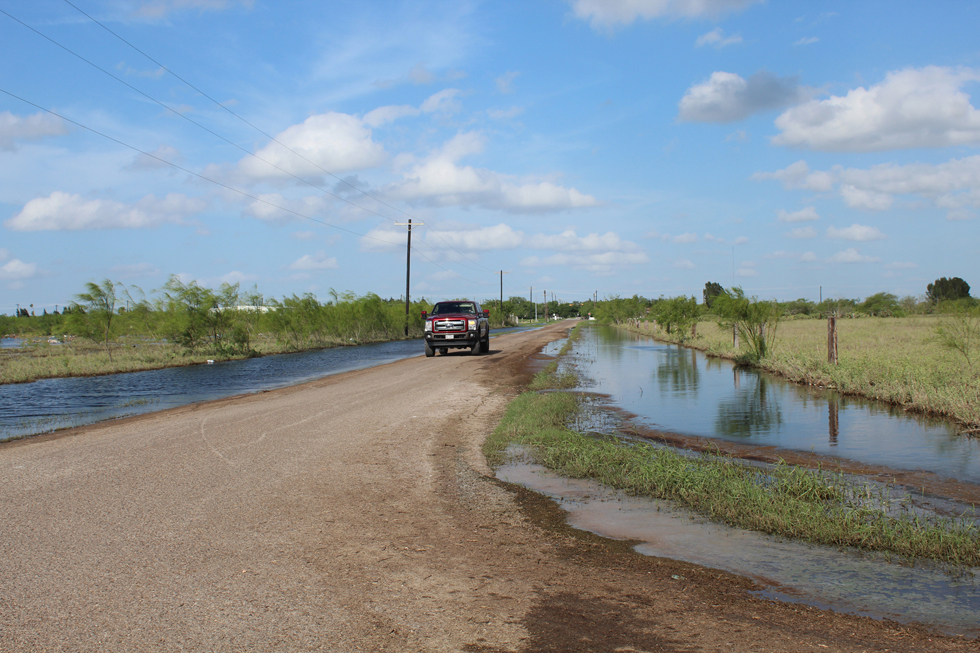- La Feria Community Holds Succesful Business Mixer Event
- Little Nashville to Take Place in Downtown Mercedes
- Lions Basketball Captures District Gold
- La Feria ISD Students Compete in Regional Chess Tournament
- Lions End First Half of 32-4A on a High Note
- La Feria ISD Held Another Successful Parent Conference
- Strong Appearance for Lions at Hidalgo Power Meet
- LFECHS Students Get to Meet Local Actress
- Students Participate in Marine Biology Camp
- Two LFECHS Students Qualify for All-State Band
Hurricane season preparedness stressed during recent emergency management coordinators meeting
- Updated: June 25, 2020

By TONY VINDELL
LFN
Three out of a predicted 19 tropical storms have already developed in the Gulf of Mexico so far this hurricane season, so, are you ready for the big one if it strikes this coastal region of South Texas?
Such was the message stressed during an hour-long livestream session with Brownsville, Cameron County and National Weather Service officials held Tuesday, June 16.
Barry Goldsmith, the chief meteorologist with the NWS office in Brownsville, said the 2020 hurricane season forecast calls for six to nine hurricanes, and for three to six to major storms.
“And despite the forecast,” he said, “it only takes one major storm to make it memorable.”
Goldsmith said the most important aspects about a storm are rainfall and wind, both of which can cause catastrophic damages to the entire Rio Grande Valley.
He said to treat this season as if it’s the one that is going to bring “the big one.”
Brownsville Mayor Trey Mendez said every city resident should be prepared for the worst.
He said Hurricane Dolly caused widespread flooding in July 2008 after several inches of rain fell within hours.
Armando Gutierrez Jr., Brownsville’s city engineering and public works director, said the city got a $7 million loan to work on infrastructure projects, including street and drainage improvements.
He said keeping an eye on the city’s resaca system is part of their work and more so during each hurricane season.
In 2015, a sector in a neighborhood on the west side of the city got flooded after waters from a resaca poured over its banks following several inches of rain that fell within hours.
Tom Hushen and Odee Ann Leal, the Cameron County and Brownsville emergency coordinators, respectively, both said everybody should be prepared no matter how a hurricane system turns out.
Leal said that includes having an evacuation plan, food and water supplies for at least three days, flashlights and batteries, a portable radio and a can opener, important documents, and prescription drugs.
Hushen said service dogs and pets should be part of the plan.
He also said the current health crisis is posing a big challenge with today’s evacuation plans because of social distancing and other requirements.
However, Hushen emphasized, people need to act immediately whenever the time comes.
“You need to leave as soon as you feel it’s not safe to stay,” he said. “It’s mind boggling to me when you have to wait for somebody to tell you it’s time to leave.”


